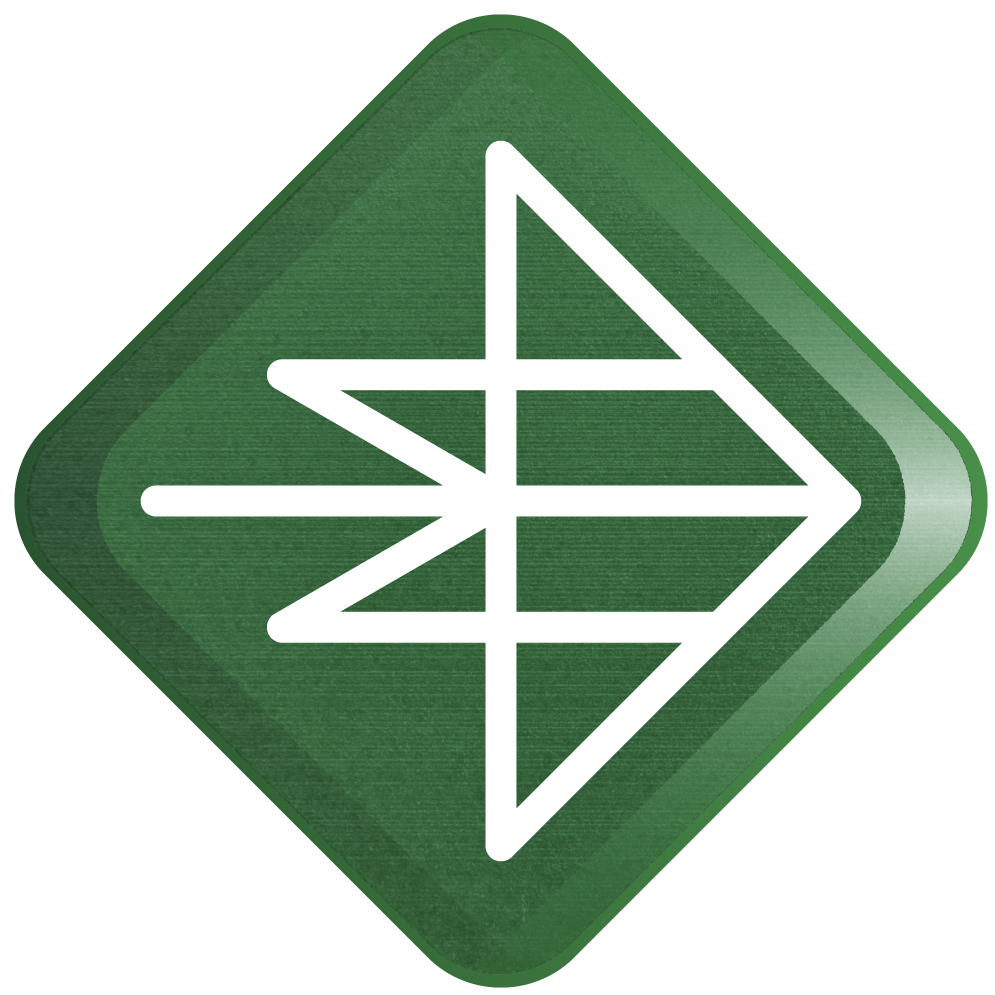MONTE CARLO PATH TRACER
Throughout CIS 5610 (Advanced Rendering), I closely followed the acclaimed PBRT text and ultimately developed a shader-based Monte Carlo Path Tracer (MCPT) for photorealistic rendering of numerous media (transmissive, specular, microfacet, etc.) in a variety of lighting conditions (point lights, spot lights, area lights, and HDRI environment maps). I implemented most algorithms in GLSL and handled CPU-side code in C++. The above video showcases test scenes like the Cornell Box and many custom scenes and environment maps.
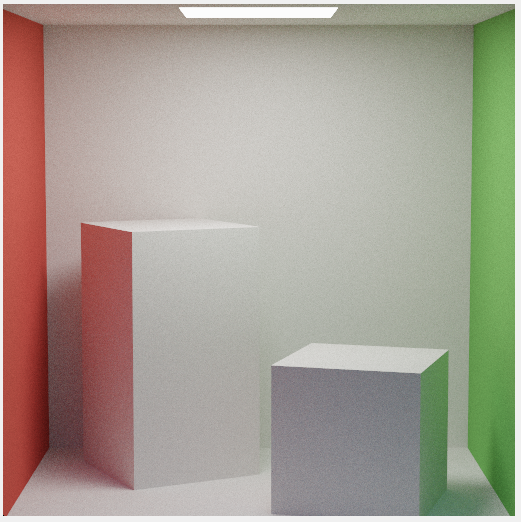
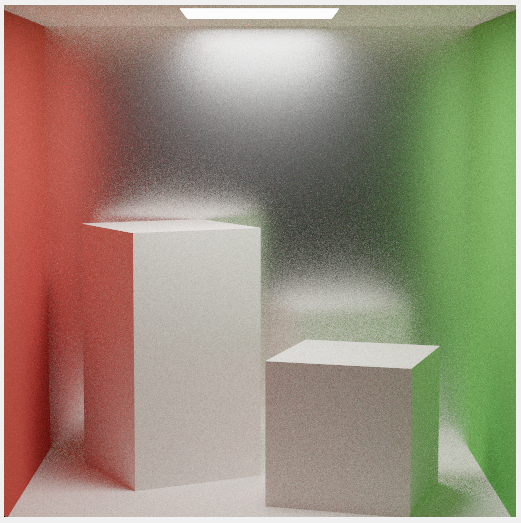

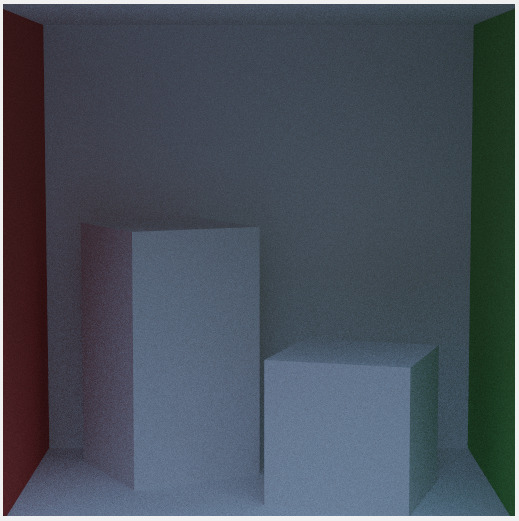
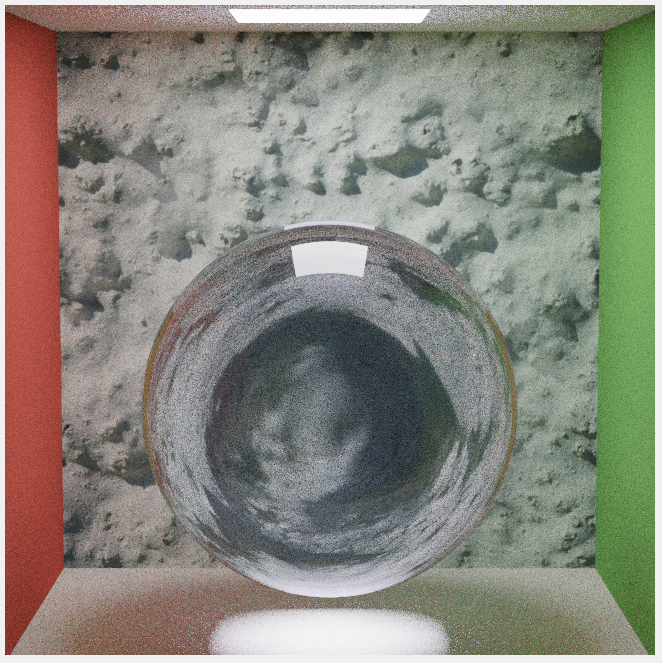
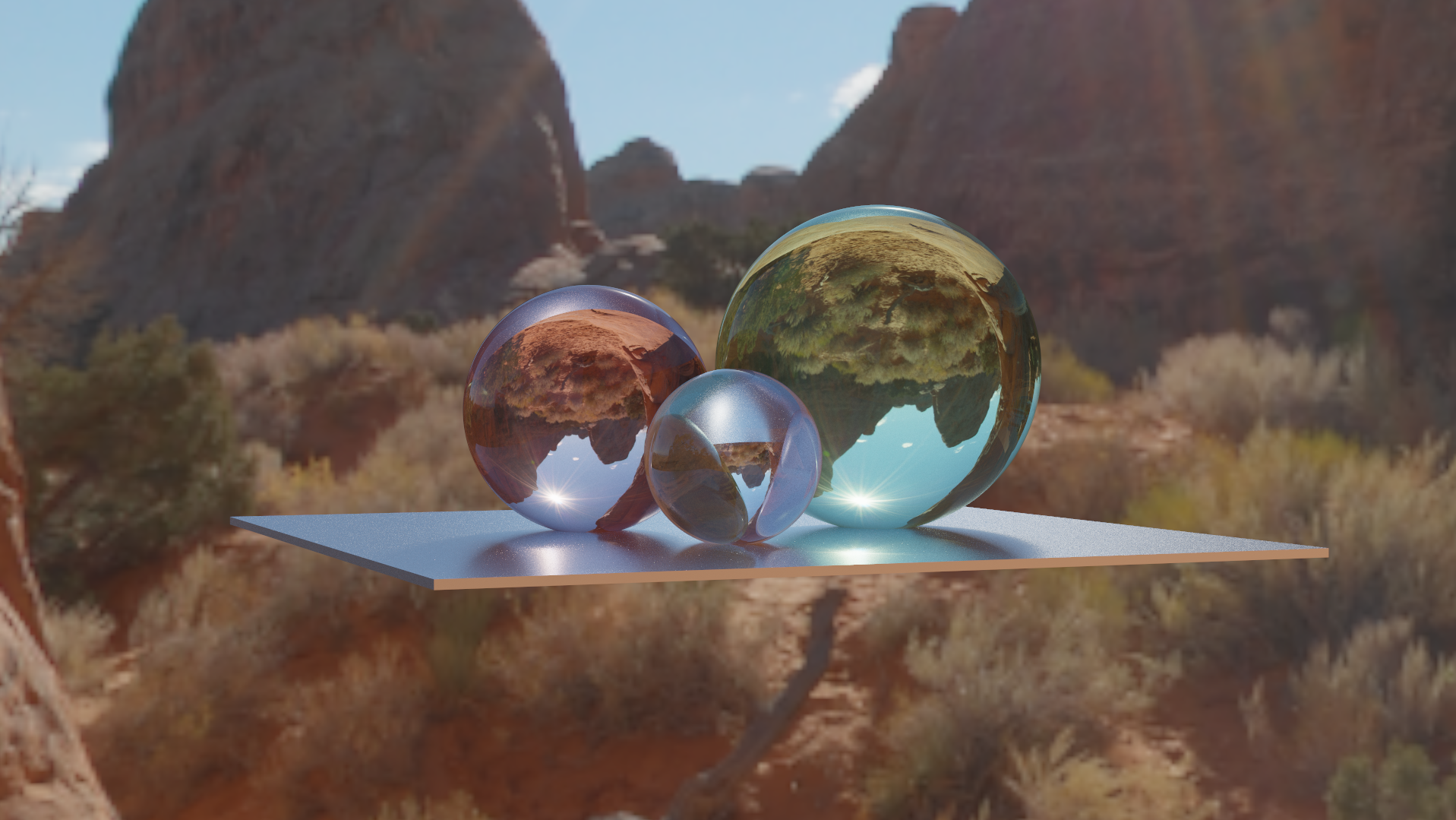
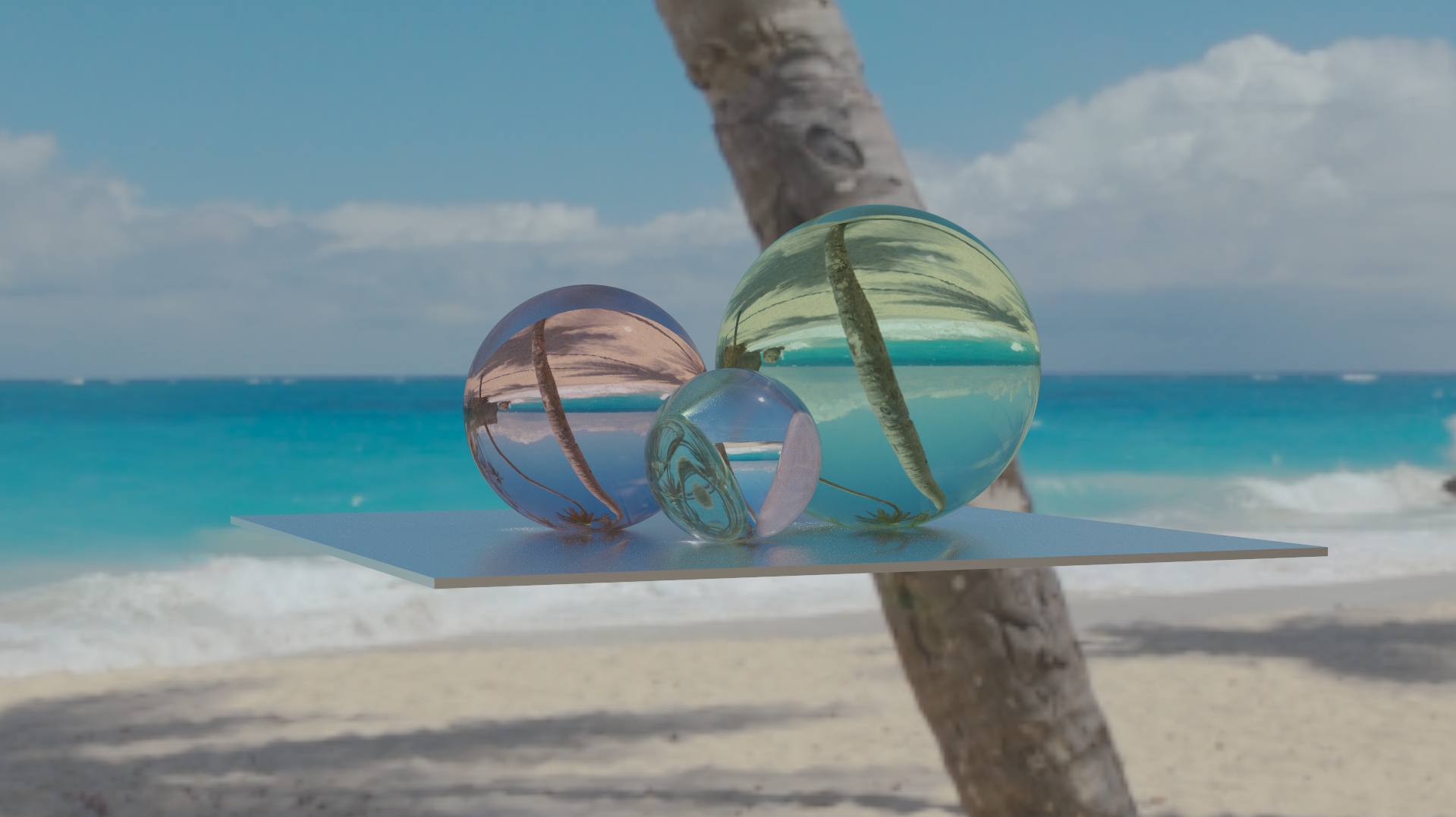
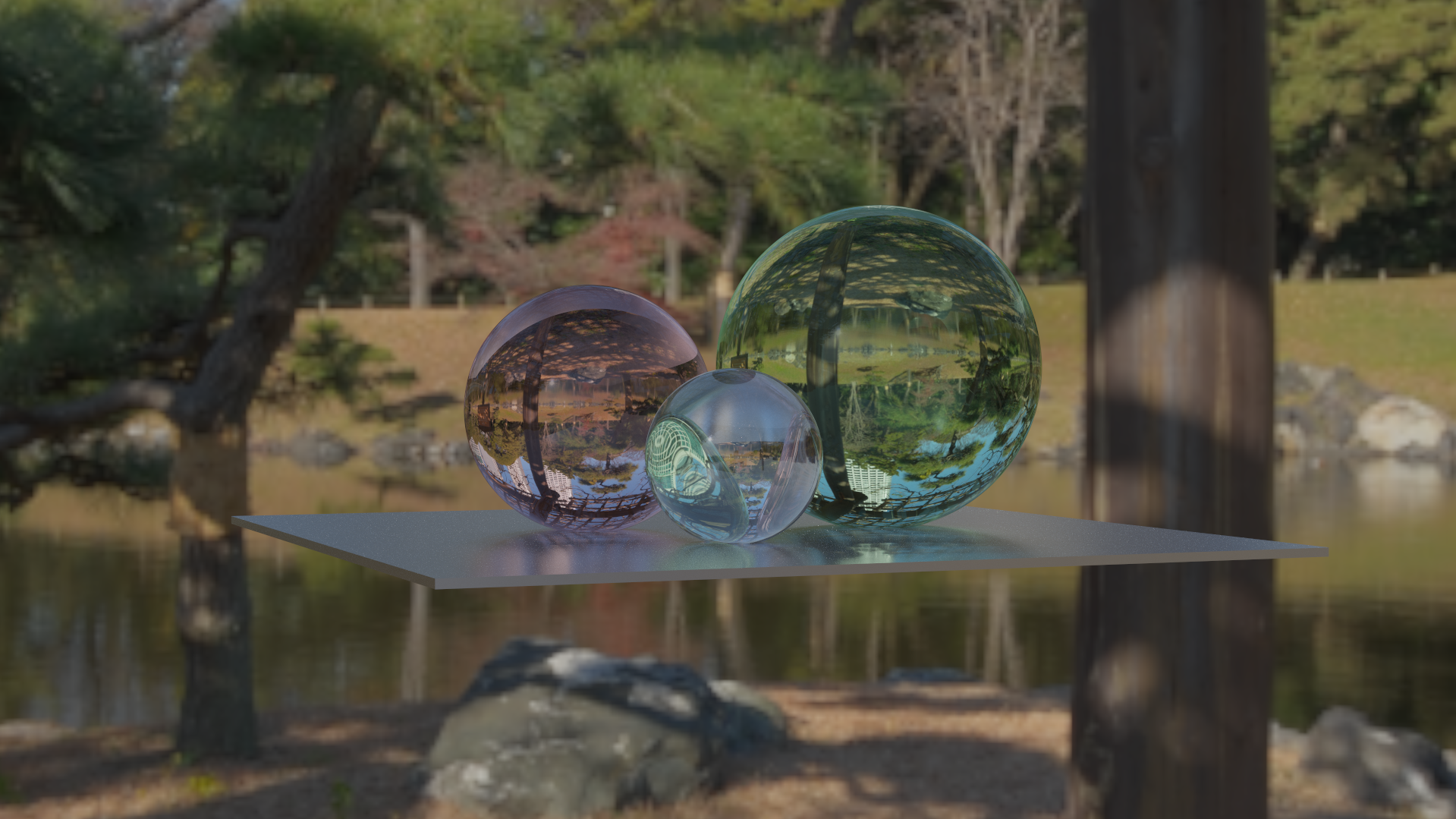
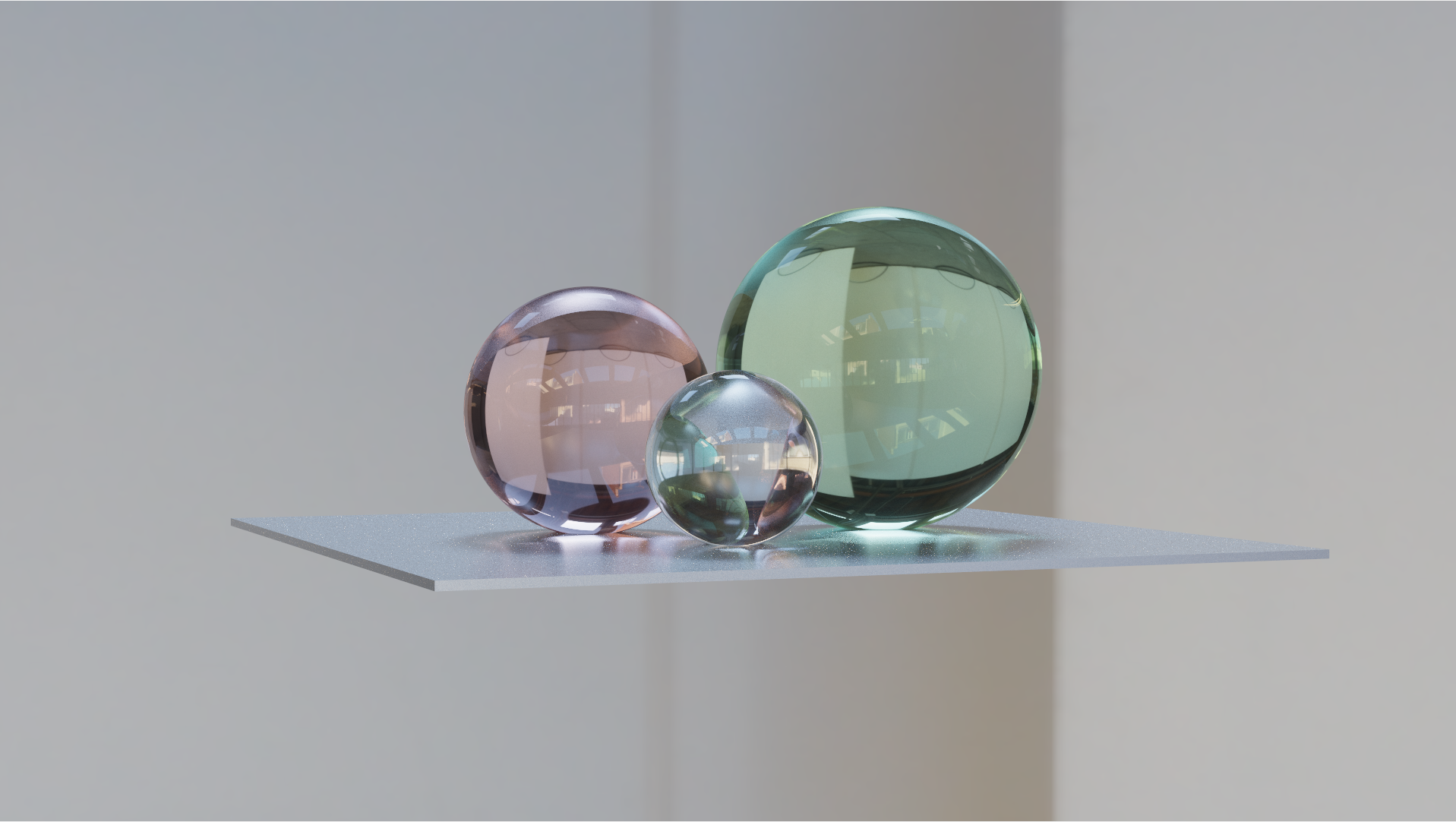
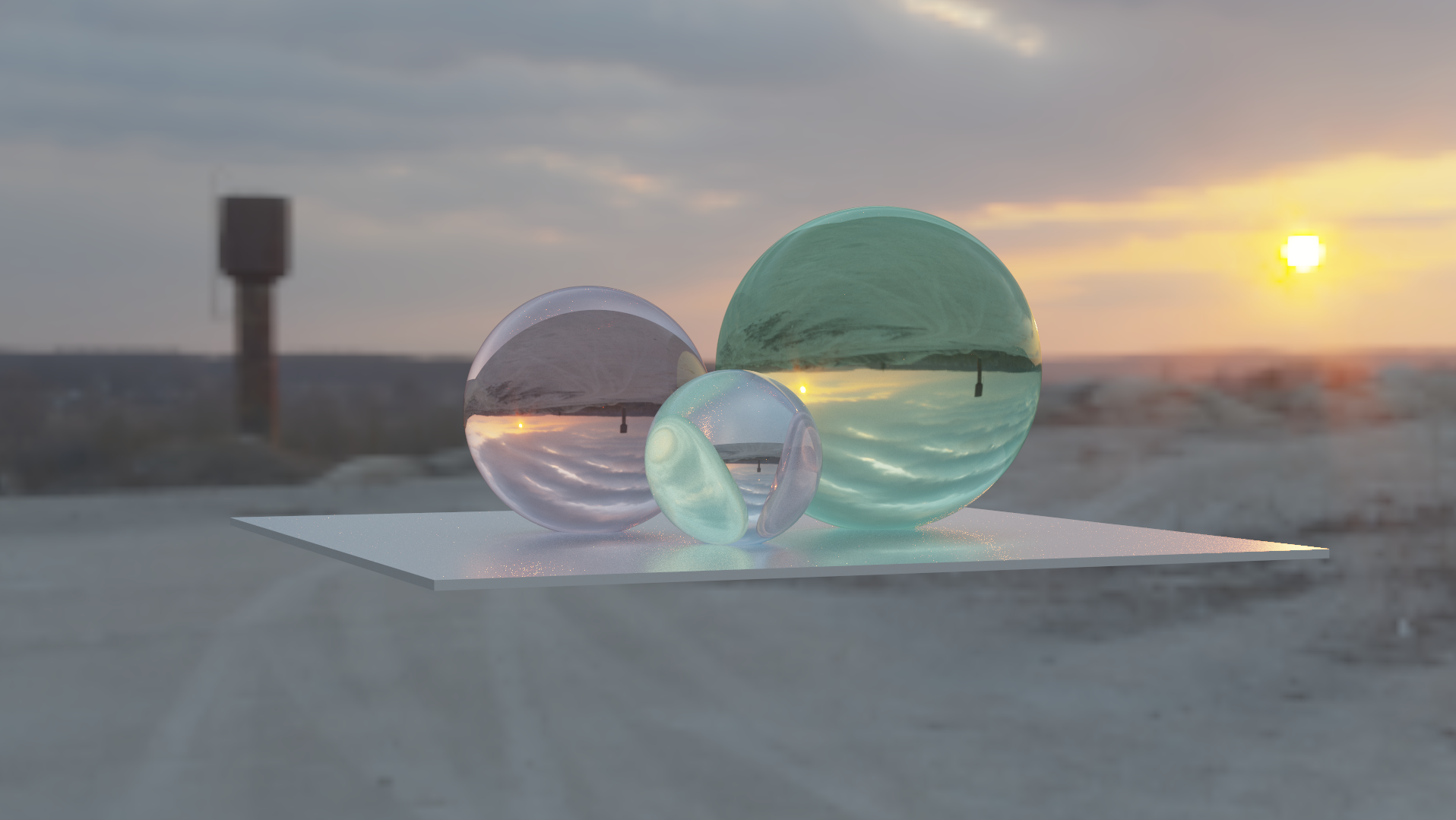
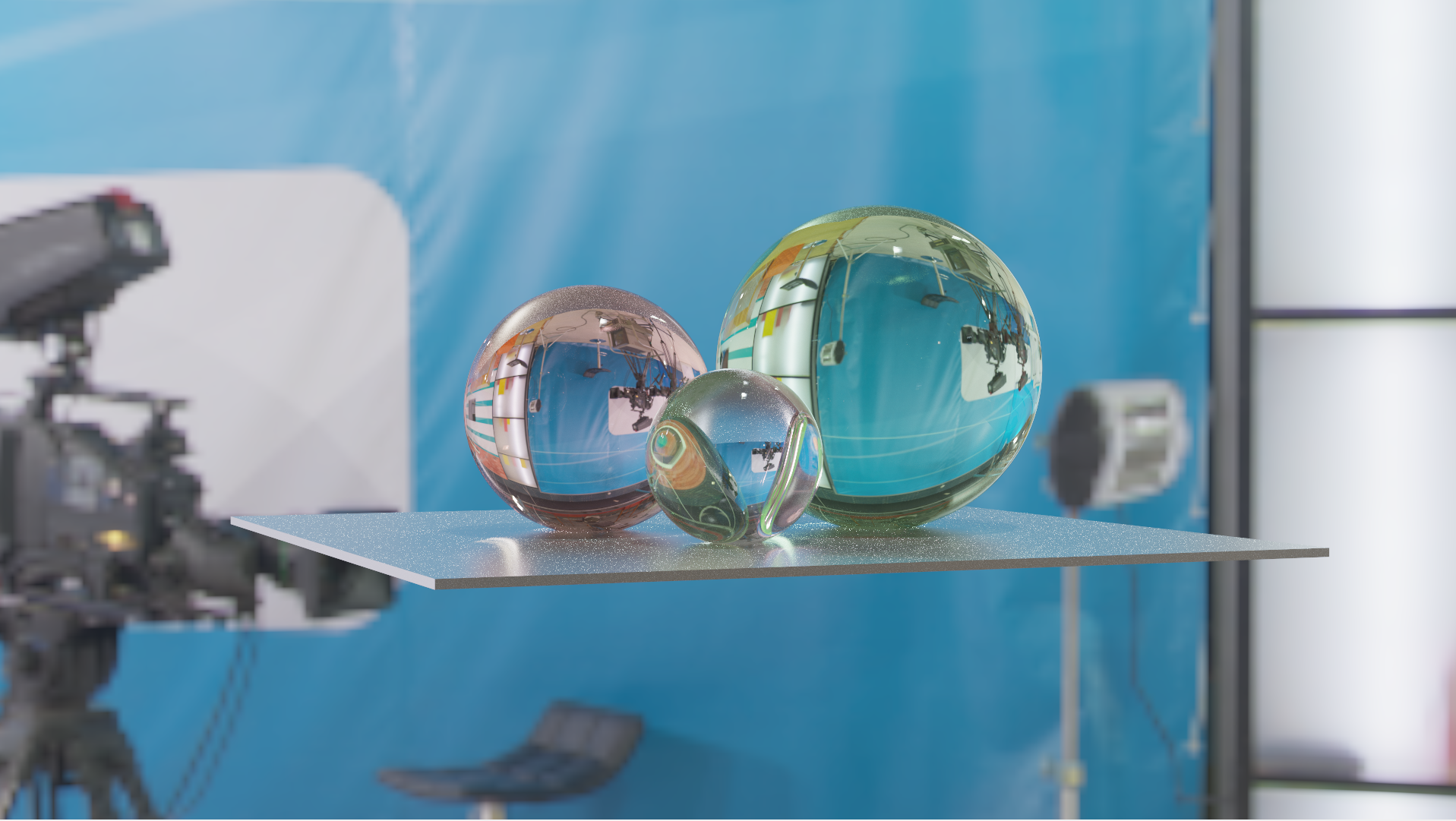
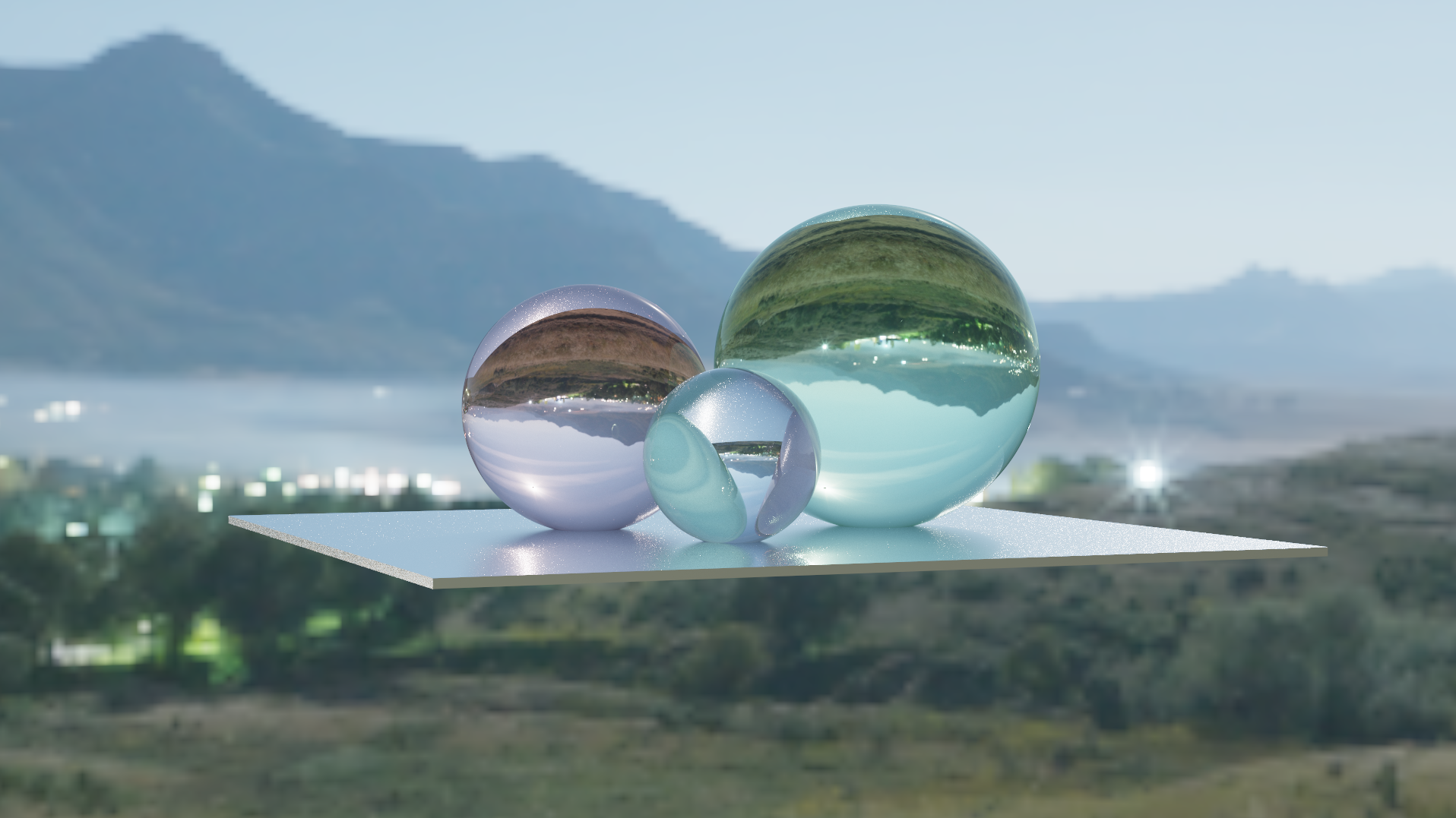
PBR MATERIAL PIPELINE (GGX) & SDFs
In addition to the MCPT, during CIS 5610 I also developed a real time material pipeline based on Epic Games' Unreal Engine 4 PBR shader.
I also studied SDFs and how to render them via raymarching. I found I could use the same PBR shader as above, and improved it with a subsurface scattering approximation. I was then inspired to design a character from SDF primitives and create an alien army with domain repetition techniques.
ACCELERATION STRUCTURE | OCTREE
The final topic explored during CIS 5610 was that of acceleration structures (Specifically Octrees and BVHs), which reduce search space in 3D and can dramatically boost performance for tasks like ray tracing with complex scene geometry. Interestingly, octrees are also commonly used in robotics for 3D environment mapping so I have multiple exposure to this concept. This final project automatically constructs an octree from a randomly distributed point cloud and is used to accelerate a search for points contained within an arbitrarily defined sphere.




3D RASTERIZER WITH VERTEX AND FRAGMENT SHADERS
The next few projects from CIS 5610 introduced me to the field of Computer Graphics & uncovered my love of graphics and creative coding.
Throughout the months, I learned how to construct scene graphs (the turtle can be animated), implement 2D and 3D rasterization, create a half edge mesh data structure from OBJ files, conquer parts of the OpenGL render pipeline including setting up VBOs and writing elaborate GLSL vertex and fragment shader code, generate procedural assets using fractal noise, and so much more. This ignited a fierce passion which I intend to explore fully.
Vertex deformation shader which preserves the model's cylindrical volume in a "stretch and squish" movement reminiscent of traditional cartoon animation technique. The additional coloring is generated using an animated cosine color palette incorporating the camera's look direction.
Post-process shader which receives as input the rendered 3D scene as a texture and then applies an animated form of Worley noise which samples a pixel from the texture and applies it to the entire Worley cell. If you look closely, you will see the effect of some chromatic aberration fading in and out...
MINI MAYA APP
Created a Qt-based app from scratch. It loads in OBJs and converts them to a half-edge mesh data structure. The app performs several mesh operations, including Catmull-Clark Subdivision and Skinning.
MINI MINECRAFT ENGINE





Creating a game engine for a custom version of Minecraft from scratch!!! Partnered with friends Nick Gurnard and Benedict Florance
MILESTONE 1 | Procedural Terrain Generation
MILESTONE 2 | Texturing, Texture Animation, Multithreading, Translucent Blocks
FINAL | Sky/Terrain Shaders, Day and Night Cycle, 3D Worley Noise Stars, FBM Clouds
Enjoy our comedic final showcase video!!!

